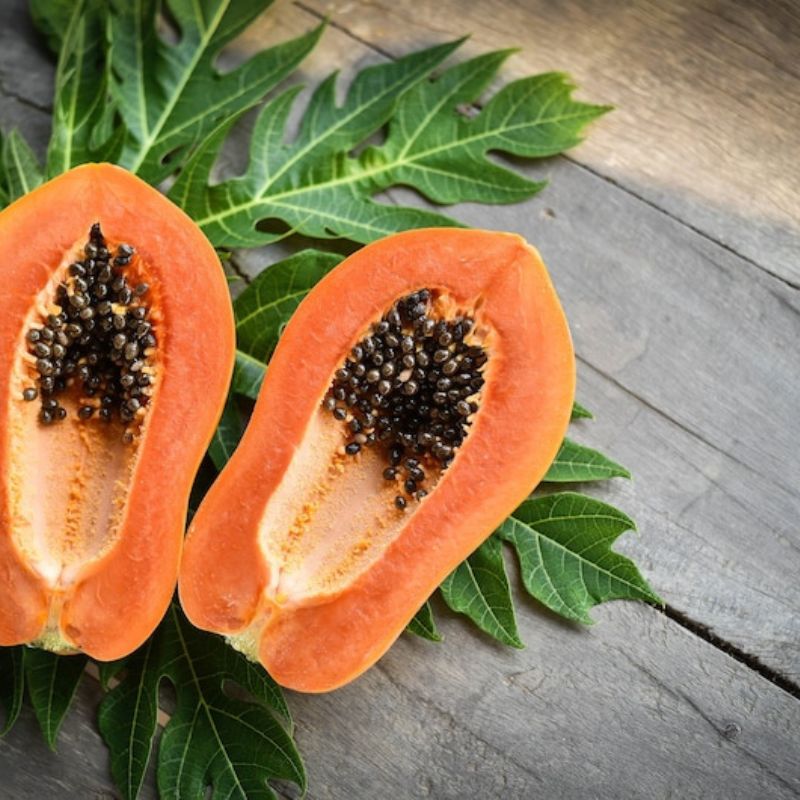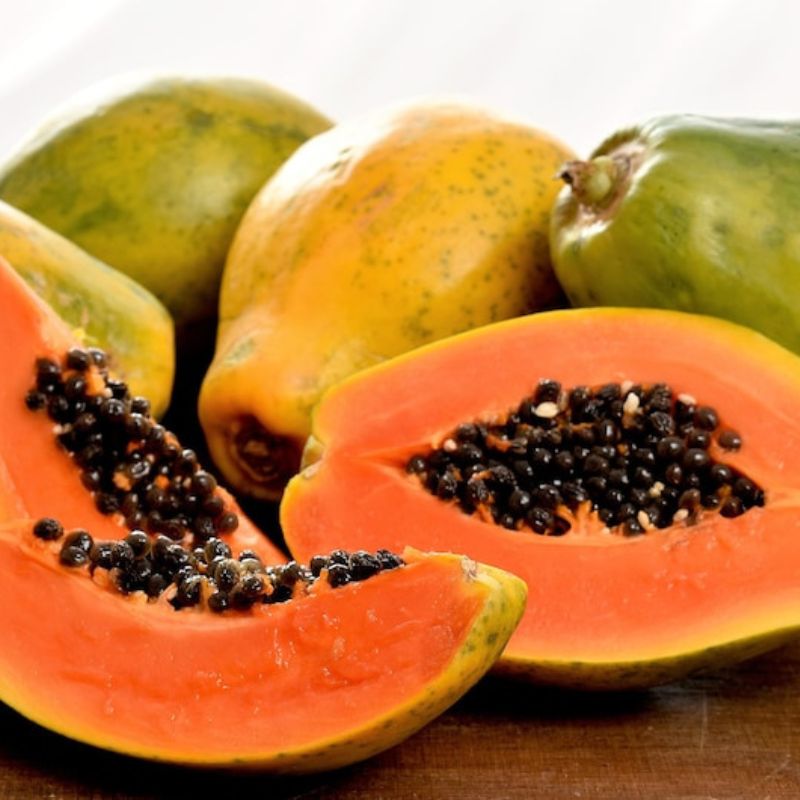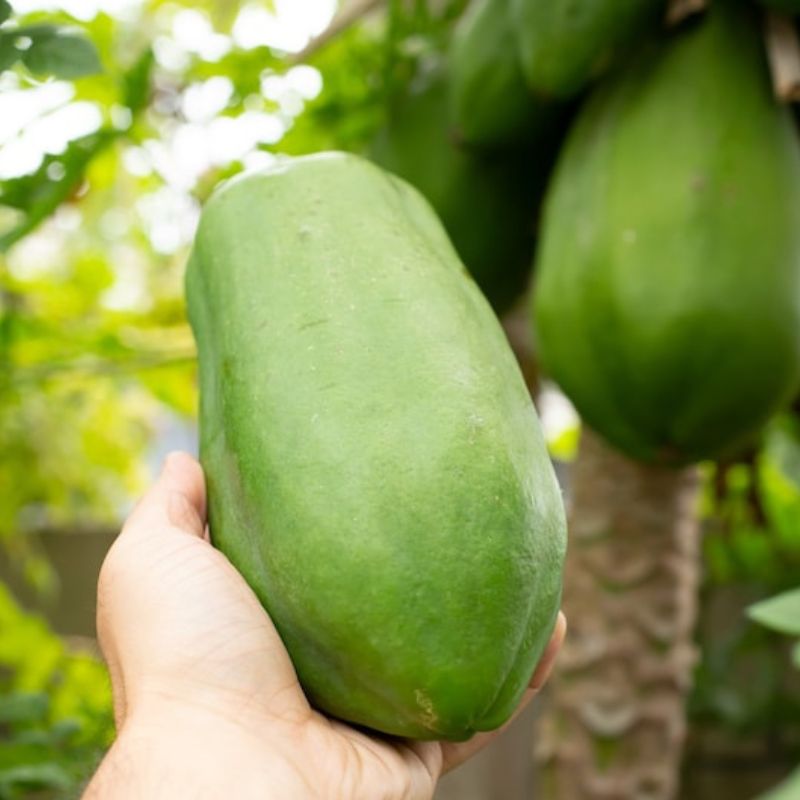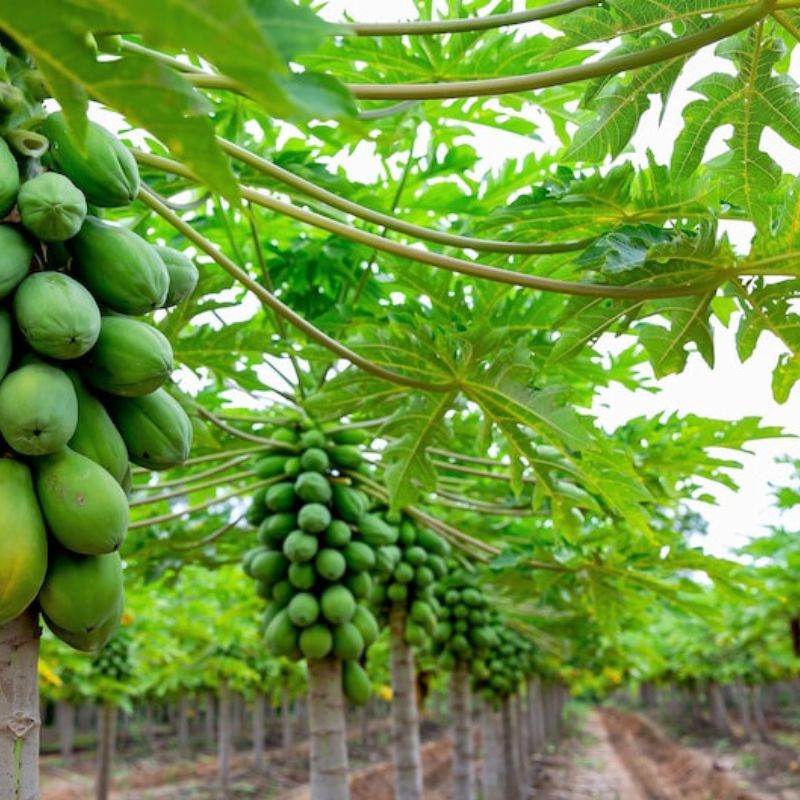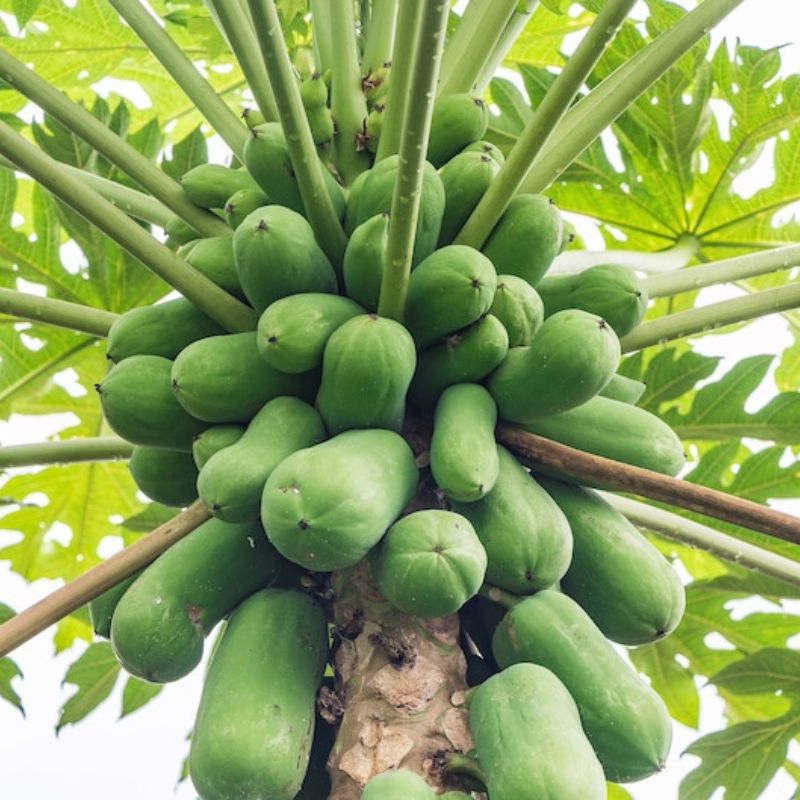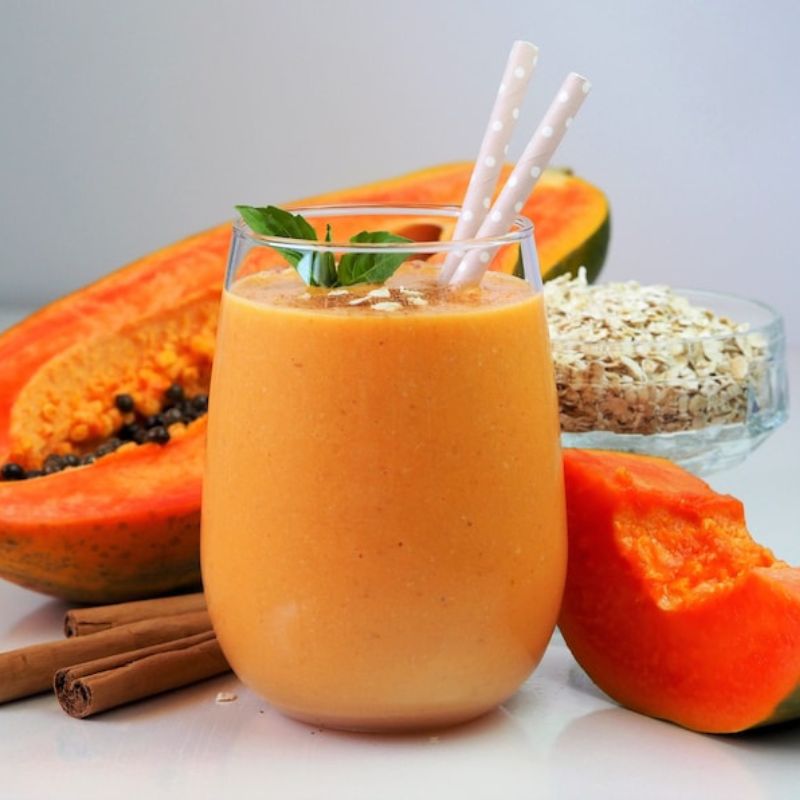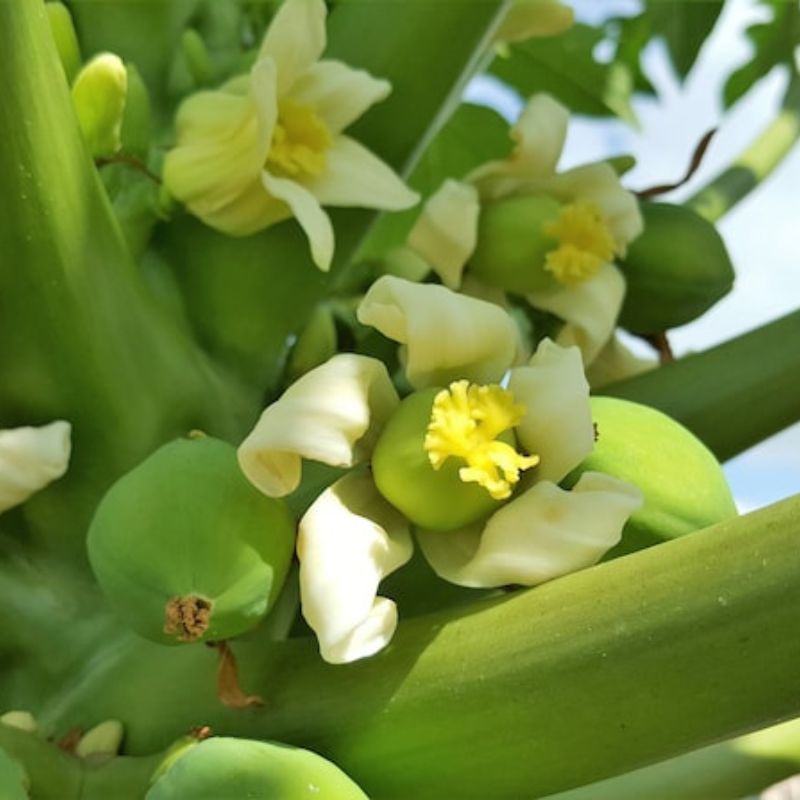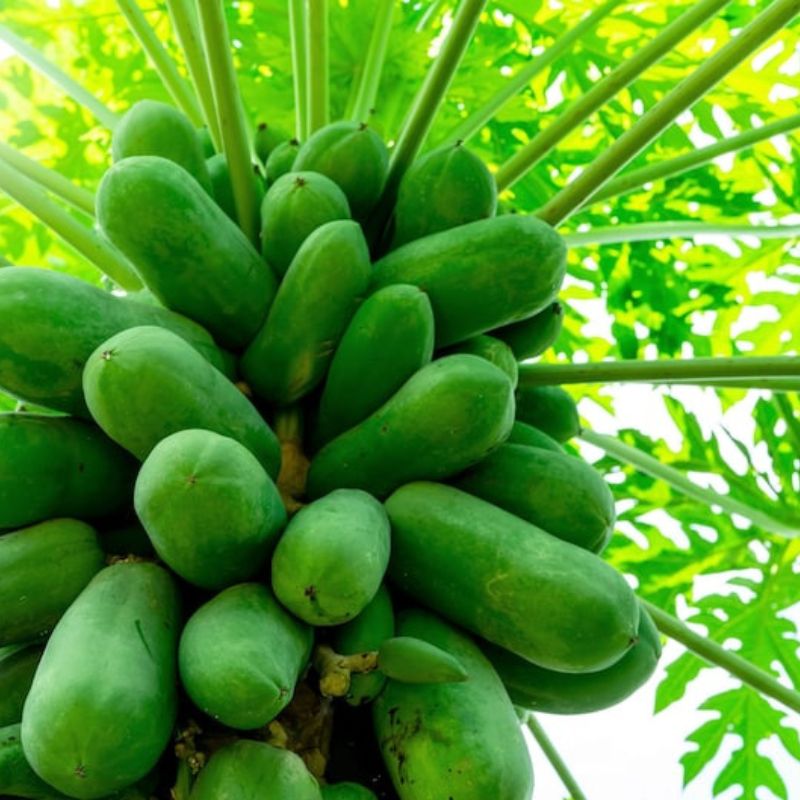- Historical context: Papaya (Carica papaya) is a tropical fruit that has been cultivated for centuries. It is believed to have originated in Central America, particularly in southern Mexico and neighboring Central American countries.
- Geographical origination: Southern Mexico and Central America.
- Relevant cultural significance: Papaya has significant cultural importance in many tropical regions. It is often used in traditional medicine and culinary practices.
- Time period of discovery: Papaya was first documented by Spanish explorers in the 16th century.
- Original habitat: Tropical lowlands with warm temperatures and well-drained soil.
- Notable historical uses: Historically, papaya has been used for its digestive properties, particularly the enzyme papain, which aids in digestion. It has also been used in traditional medicine to treat various ailments.
- Ideal temperature range: Papaya thrives in temperatures between 70°F to 90°F (21°C to 32°C).
- Soil type: Well-drained, fertile soil with a pH range of 5.5 to 7.0.
- Sunlight requirements: Papaya requires full sunlight for optimal growth.
- Watering needs: Regular watering is essential, but the soil should not be waterlogged. Ensure consistent moisture, especially during dry periods.
- Planting season: Papaya seeds can be planted year-round in tropical climates. In subtropical regions, it is best to plant them in the spring.
- Germination time: Papaya seeds typically germinate within 2 to 3 weeks.
- Growth cycle duration: Papaya trees can start producing fruit within 6 to 12 months after planting.
- Common pests and diseases: Common pests include aphids, whiteflies, and fruit flies. Diseases such as papaya ringspot virus, anthracnose, and powdery mildew can affect the plant.
- Companion planting advice: Papaya can be planted alongside other tropical plants like bananas and pineapples. Avoid planting near root crops that may compete for nutrients.
- Common challenges and solutions: Papaya trees are sensitive to cold and frost. Ensure they are planted in a warm, protected area. Proper drainage is crucial to prevent root rot.
- Nutritional values: Papaya is rich in vitamins A, C, and E, folate, and dietary fiber. It also contains antioxidants and beneficial enzymes.
- Health benefits: Papaya aids in digestion, boosts the immune system, and has anti-inflammatory properties. It is also known to support heart health and skin health.
- Culinary uses: Papaya can be eaten fresh, added to salads, smoothies, and desserts. It is also used in savory dishes, particularly in Asian cuisine.
- Medicinal uses: Papaya has been used in traditional medicine to treat digestive issues, wounds, and infections. The enzyme papain is used in various medicinal preparations.
- Other unique advantages: Papaya seeds have been used as a natural remedy for intestinal parasites. The latex from the papaya tree is used in meat tenderizers and some cosmetic products.
